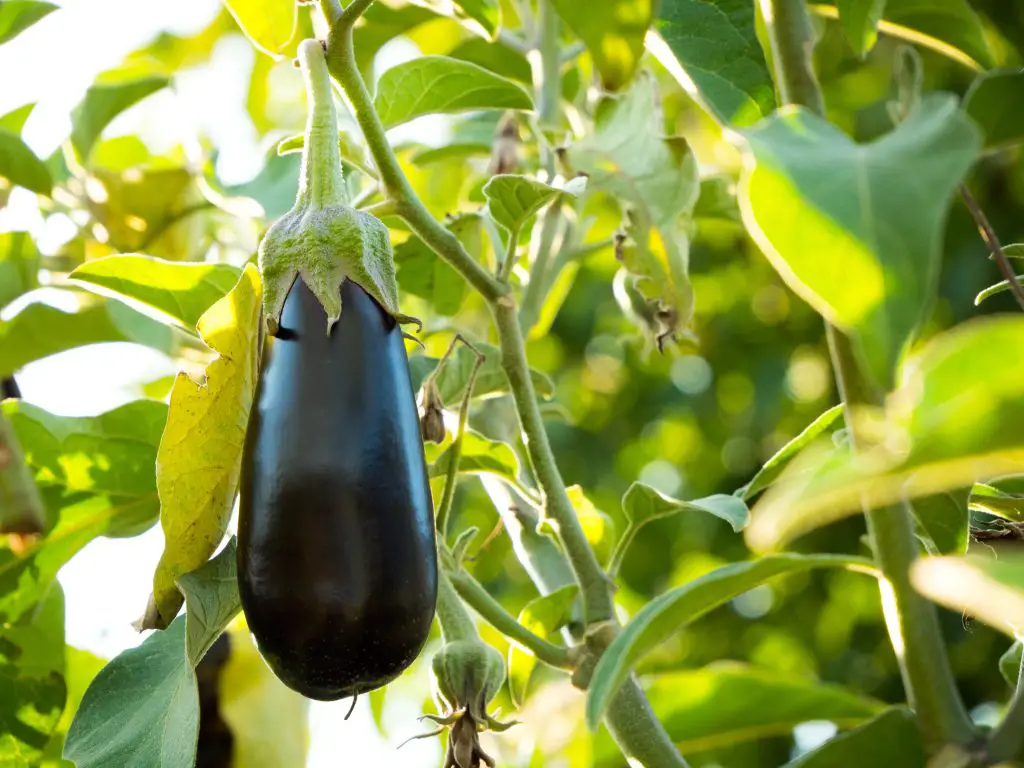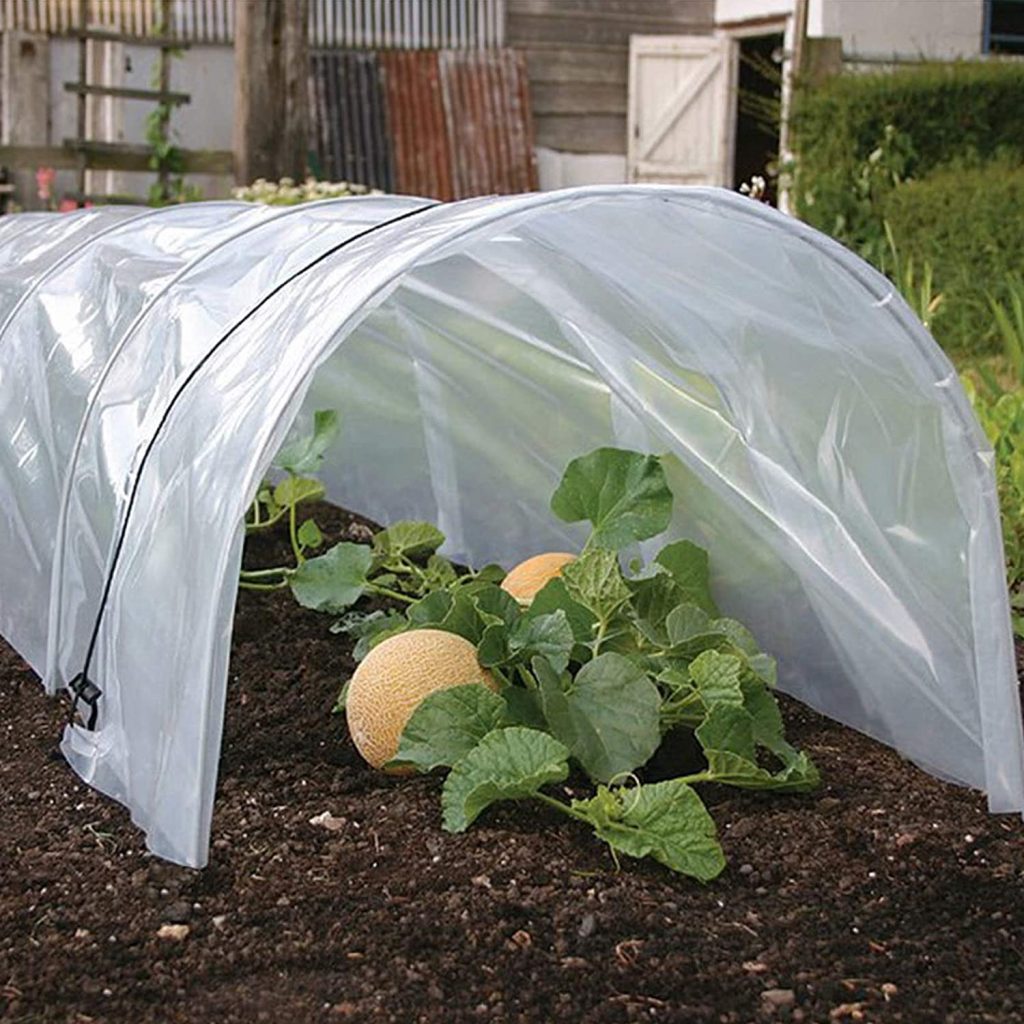How Long Does It Take For Aubergine (Eggplant) Seeds To Germinate? Aubergines are a well-known member of the Solanaceae family that thrives in warm conditions. So if you’re considering growing them in your backyard one of the most common questions that you may have is how long do they take to germinate? And how does temperature affect the rate of germination?
Aubergine seeds take around 5 to 14 days to germinate between the temperatures of 68 to 86°F (20 to 30°C) according to a study published by the University of California. However, if the temperature falls below 68°F (20°C) the amount of time taken increases significantly.
The University of California conducted a series of trials on a wide range of vegetables which included a number of plants from the Solanaceae family including tomatoes and peppers. These results show that these plants, below 59°F (15°C), would either not germinate or the length of time taken to germinate would increase substantially, in the case of tomatoes the germination time extended out to 7 weeks.
So while the study did not include all of these temperatures for the aubergines what it does show is it is quite likely that the seeds will not germinate below 50°F (10°C) andit will take an extended period of time to germinate between 50 and 68°F (10 and 20°C). To see the results presented by the University of California see the table below.
| Days To Germinate | Temperature (°F) | Temperature (°C) |
| 0.0 | 32 | 0 |
| Not Tested | 41 | 5 |
| Not Tested | 50 | 10 |
| Not Tested | 59 | 15 |
| 13.1 | 68 | 20 |
| 8.1 | 77 | 25 |
| 5.3 | 86 | 30 |
| Not Tested | 95 | 35 |
| Not Tested | 104 | 40 |
Aubergines are a heat-loving plant just like tomatoes and peppers, though, generally, they need more heat than the tomato plants and will fruit later in the season. So if you live in a climate that has very cold winters and relatively short growing seasons it is important to get the seeds planted as early as possible.
In many of these regions it is necessary to start the seeds off in seed trays indoors, however, given the temperature sensitivity of these plants it is recommended that you use a heated propagation tray to ensure that the seedlings do not get too cold at night.
If you are considering purchasing a seed tray we recommend that you select one that has a removable seed tray and a humidity dome. The removable seed tray is important because it is the part of the unit that is most likely to deteriorate first so being able to replace to seed tray will extend the life of the unit substantially.
The humidity dome is also an important feature as it ensures that the air surrounding the seedlings remains moist and at a consistent temperature which aids in the rate of growth significantly. To see the latest price on Amazon for a unit with these features click on the link below.
How To Grow Aubergines
As mentioned above aubergines are a plant that does require heat to thrive. It is best to plant seeds as early to ensure that you get an early harvest. However, realistically the earliest you can plant seeds is approximately 4 to 6 weeks prior to the last frost.
To plant the seeds start by filling a seed tray with a good quality seed raising mix. To make it easier to transplant the seedlings later on it is a good idea to firm the soil down into the cells to form solid plugs.
Ideally, each cell should have two to three seeds planted in them at a depth of approximately a quarter of an inch. It is then important to ensure that the soil remains moist throughout the period in which the seedlings are in the seed tray to ensure that they grow quickly.

Typically seedlings need to spend approximately 6 weeks in a seed tray before they are large enough to be planted out into the garden. As the plants are frost-sensitive and generally do require relatively warm conditions it is best to wait until the temperatures are at least 59°F to 68°F (15 to 20°C).
However, if you live in an area that has inconsistent weather for an extended period of time it is advisable to provide the seedlings with some protection against the elements. This is most commonly done using a cloche or a row cover. Cloches can be made easily by using old plastic milk cartons with the bottoms removed and the lids taken off.
However, these cloches are relatively limited because of their size, as the plant can quickly outgrow them. So if you need protection for a longer period of time it is recommended that you use a row cover as they are significantly taller than cloches in most cases. To see the latest price on a row cover on amazon click on the link below.

Extend Your Season With Growsun Row Covers
It is important to sprinkle snail bait around the plants as they can be susceptible to attack from slugs and snails. Additionally, it is also advisable to apply a thick layer of mulch around the plants and continue to water them regularly throughout the growing season.
Harvesting Aubergines
Once the plant becomes established they will begin to produce flowers followed by fruit at this point and time it may be necessary to stake the plant up using a single cane next to the main stem to provide additional support.
The eggplants will progressively appear from those flowers and increase in size as they mature. If you are growing the common black variety the best indication that the fruit is ripe is that the skin of the fruit will be glossy. If it is matt in texture that means the fruit needs more time to ripen and therefore you need to wait a little bit longer before harvesting the fruit.
To harvest the plants it is necessary to cut the stem rather than just snapped it off or pull it from the plant as the stems are relatively thick so ripping them off is likely to damage the plant.

The aubergines should be harvested as soon as it is ripe as it will not last all that long out on the plant and if you are trying to get the most out of your fruit late in the season when the weather is starting to cool it is best to start to protect the plant using row covers to ensure that you are able to ripen all of the fruit on the plant.
Once the first frost hits the plant will no longer produce any more fruit and can be removed from the garden in most cases. However, if you live in an area that is frost-free aubergines can be continually grown throughout the season as they are a short-lived perennial
I hope you found this article useful and have great success growing your aubergines at home in your garden, if you have any additional comments or questions please leave a message in the section below.
Relevant Articles
How Many Eggplants Does One Plant Yield?
Are There Female and Male Eggplants? Fact or Fiction?
How Long Does It Take Pepper Seeds To Germinate? How Does Temperature Effect It?
How Much Does A Bell Pepper Plants Produce?

